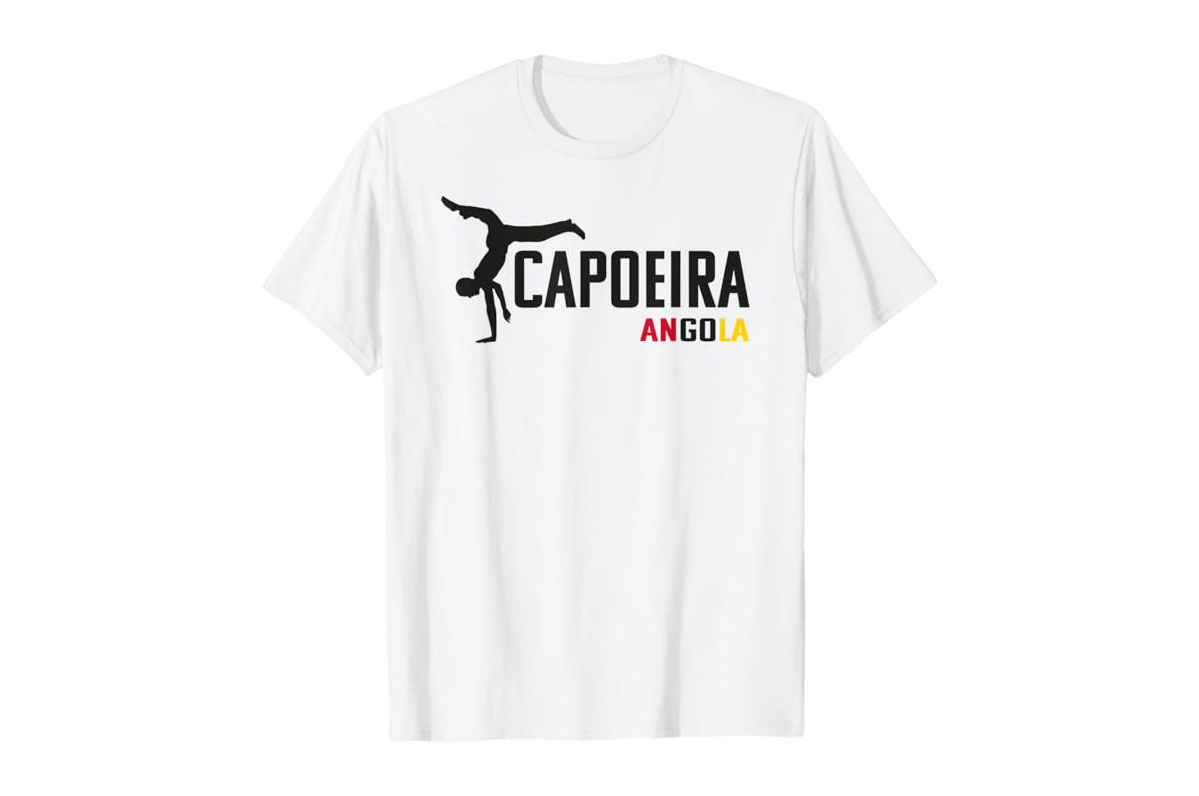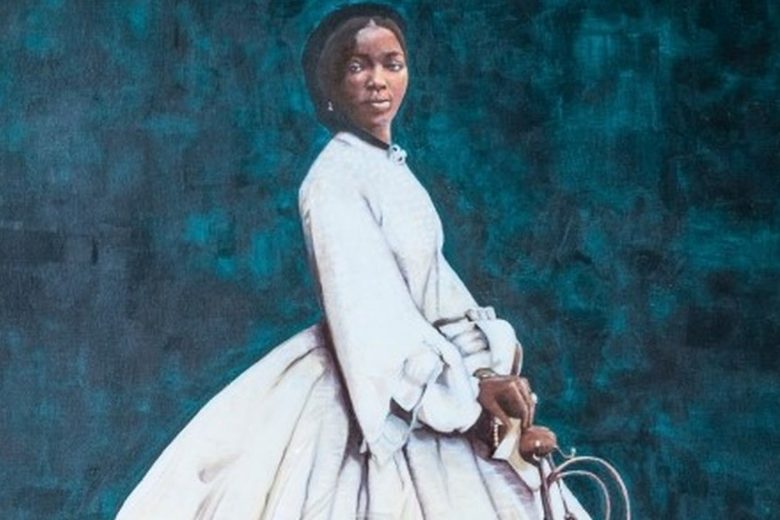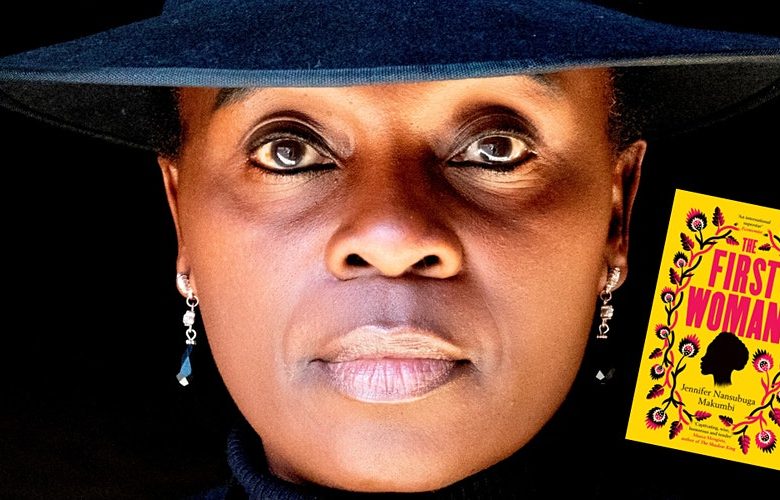Capoeira Angola is more than just a martial art; it is a powerful expression of Afro-Brazilian culture, history, and community. Rooted in the traditions of enslaved Africans in Brazil, Capoeira Angola is characterized by its fluid movements, strategic play, and deep connection to music and ritual. For those who practice it, Capoeira Angola represents a way of life, a dance of resistance, and a source of deep communal belonging.
The Origins of Capoeira Angola
Capoeira Angola is one of the oldest forms of Capoeira, dating back to the 16th century when African slaves brought their cultural practices to Brazil. To disguise their martial art as a harmless dance, slaves incorporated music, singing, and rhythmic movements, which allowed them to practice combat techniques while entertaining their oppressors. This blend of dance, music, and martial arts became a form of resistance, helping slaves maintain their culture and assert their identity in the face of brutal oppression.
The Art of Movement and Strategy
Unlike the more acrobatic and aggressive Capoeira Regional, Capoeira Angola is slower and more deliberate. Practitioners engage in a game of strategy, where the emphasis is on cunning, agility, and deception. Movements are low to the ground, often performed with a sly smile or playful demeanor, reflecting the art’s origins as a hidden form of self-defense. The graceful and flowing movements of Capoeira Angola are not only beautiful but also deeply symbolic, representing the resilience and adaptability of those who created it.
Music and Ritual: The Heartbeat of Capoeira Angola
Music is an essential component of Capoeira Angola, setting the rhythm and mood of the game. The berimbau, a single-stringed instrument, leads the ensemble, accompanied by the pandeiro (tambourine), atabaque (drum), and singing. The lyrics often tell stories of struggle, resistance, and triumph, connecting practitioners to the history of Capoeira and its role in the fight for freedom.
The roda, or circle, is where the game of Capoeira Angola takes place. Surrounded by fellow capoeiristas, musicians, and spectators, the roda is a space of inclusion and community. In the roda, everyone has a role—whether playing, singing, or simply being present, everyone contributes to the energy and spirit of the game.
Community and Belonging in Capoeira Angola
Capoeira Angola is more than just a martial art; it is a community. Those who practice it are part of a global network that transcends borders, language, and culture. The sense of belonging is strong, as capoeiristas share not only their physical skills but also their experiences, stories, and values. For many, Capoeira Angola is a way of reconnecting with their heritage and finding a sense of identity and purpose.
This deep sense of community and belonging is beautifully embodied in the t-shirt designs inspired by Capoeira Angola. Wearing such a t-shirt is not just about fashion; it’s about expressing your connection to a rich cultural tradition and the values of unity, resilience, and freedom.
Capoeira Angola is a testament to the power of culture, community, and resistance. It’s a tradition that has survived and thrived through centuries of oppression, evolving into a global phenomenon that continues to inspire people worldwide. By wearing a t-shirt that celebrates Capoeira Angola, you’re not only honoring this incredible art form but also becoming part of a larger movement that values unity, heritage, and the spirit of resistance.



